
 6
6





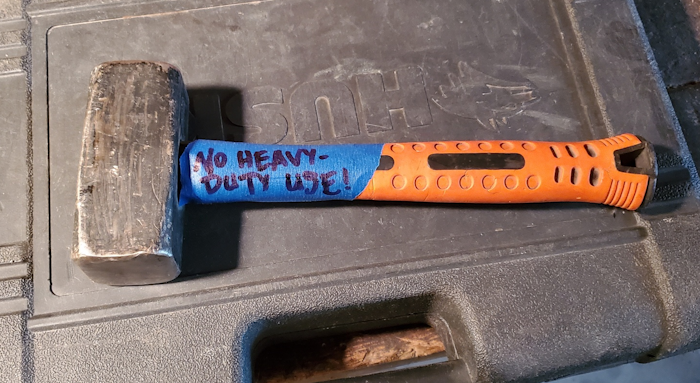
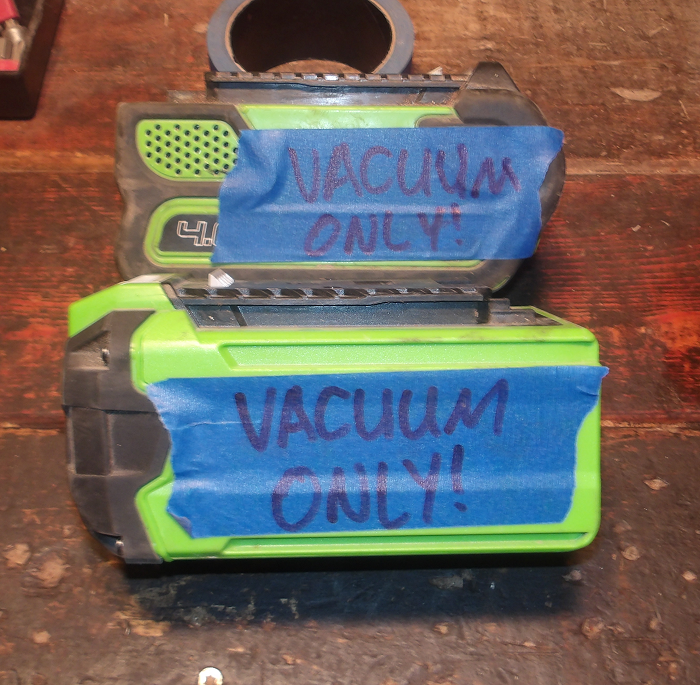
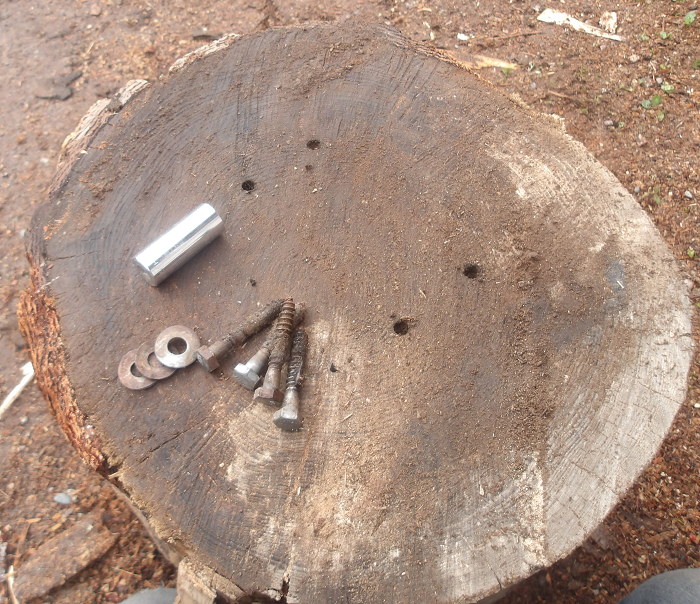
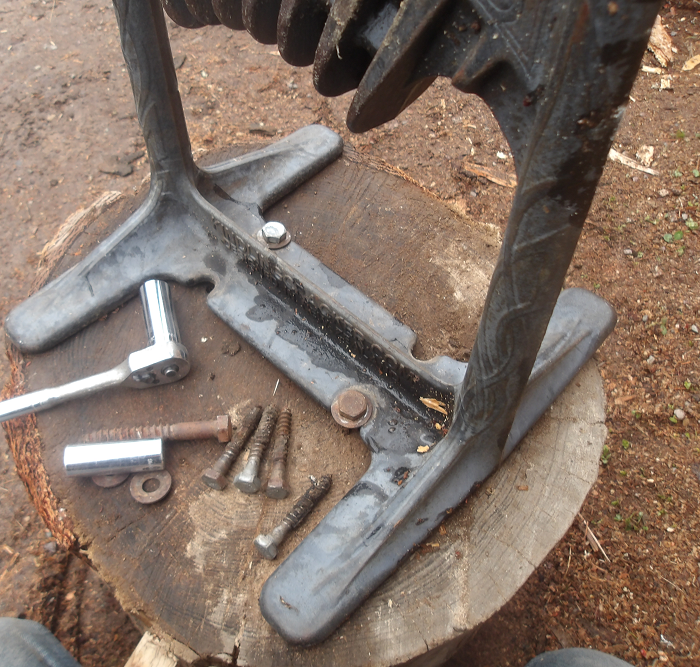

"We carry a new world here, in our hearts..." --Buenaventura Durruti
"Don't wish it were easier. Instead, wish you were better." --Jim Rohn
 6
6




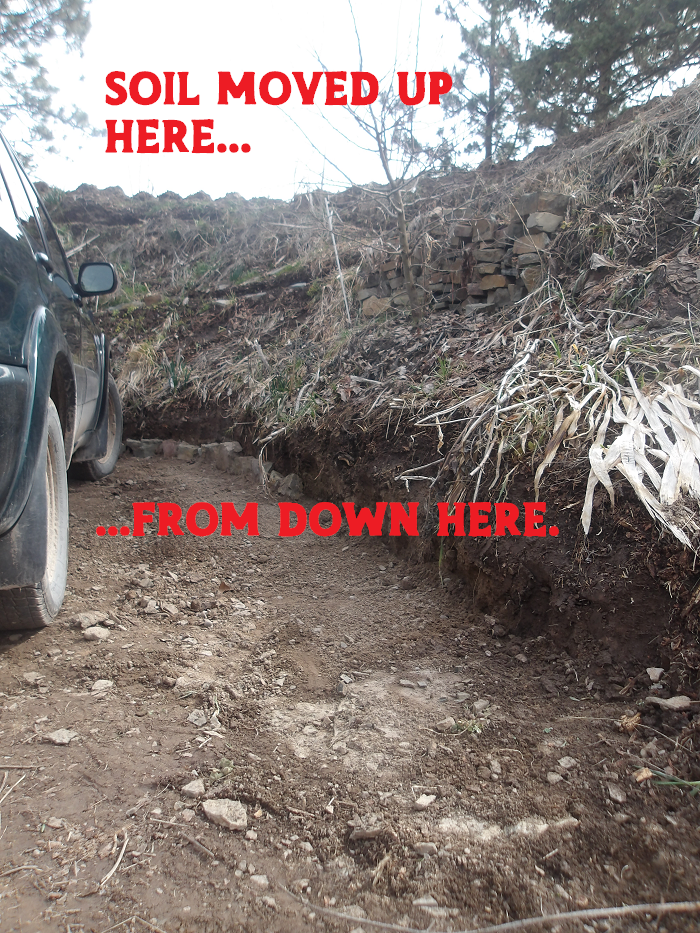
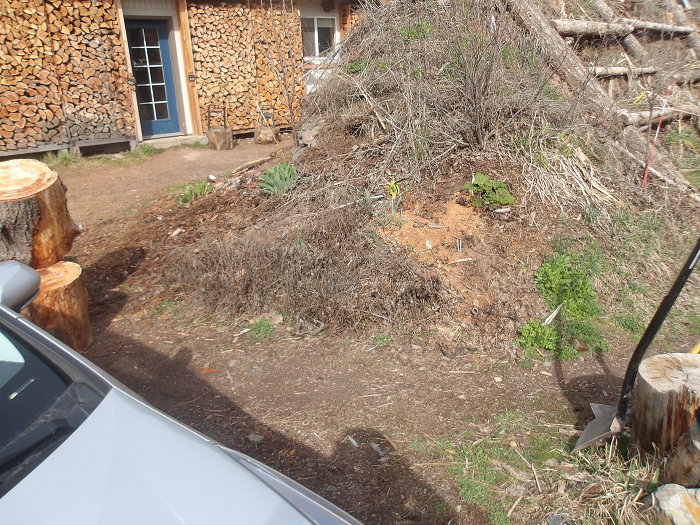
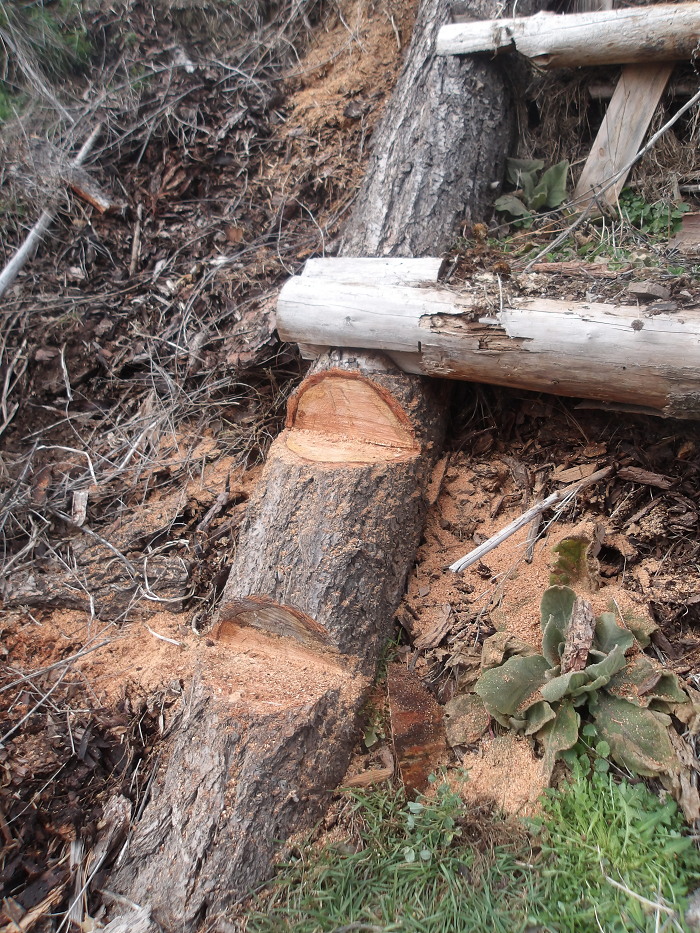
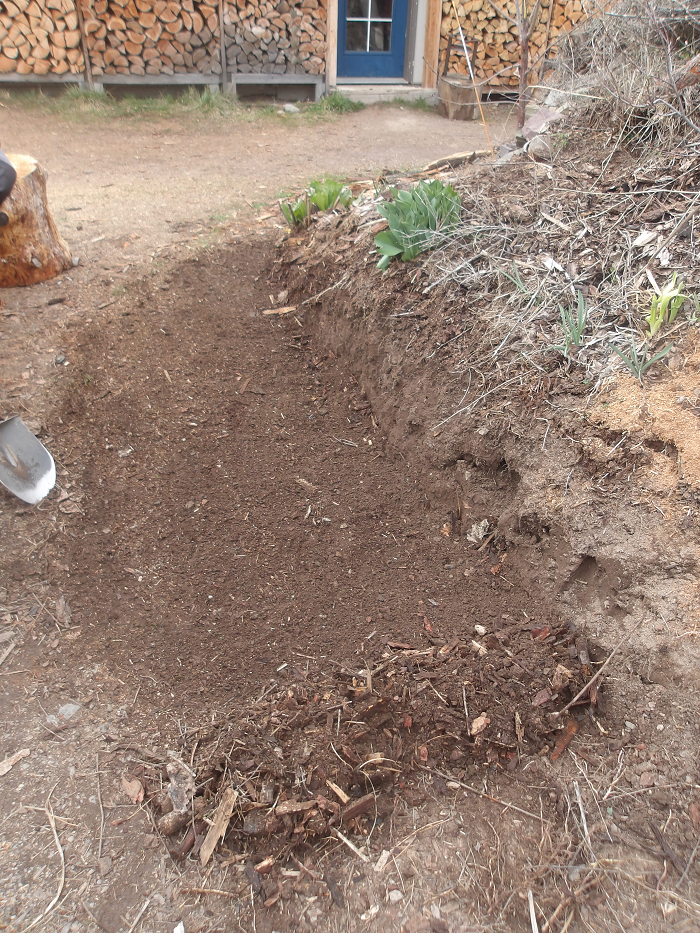
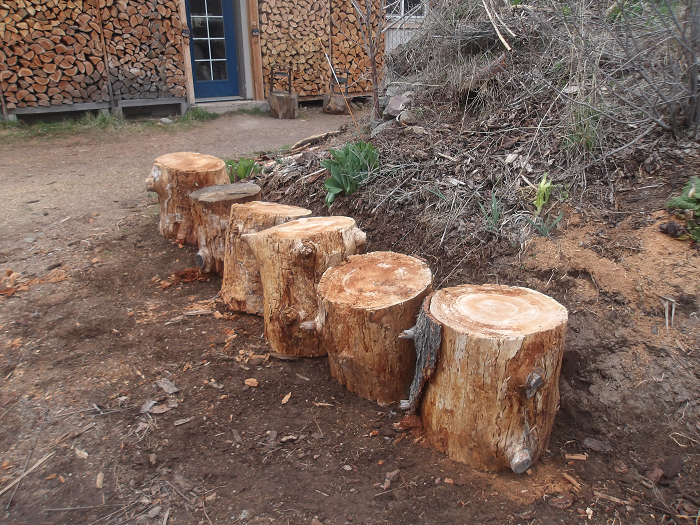
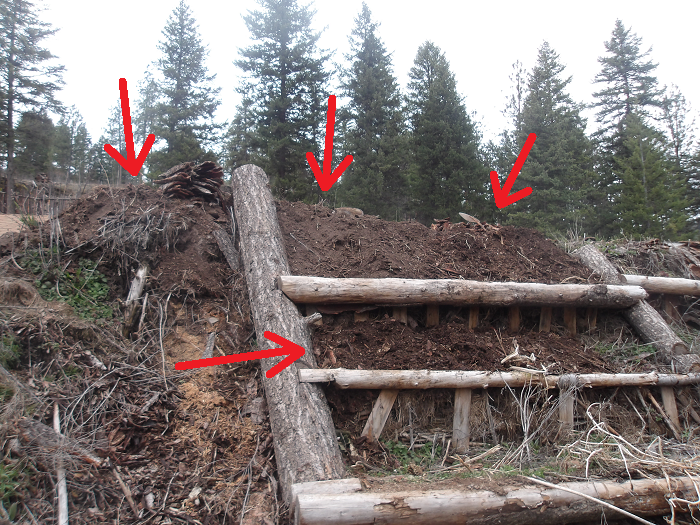

"We carry a new world here, in our hearts..." --Buenaventura Durruti
"Don't wish it were easier. Instead, wish you were better." --Jim Rohn
 5
5




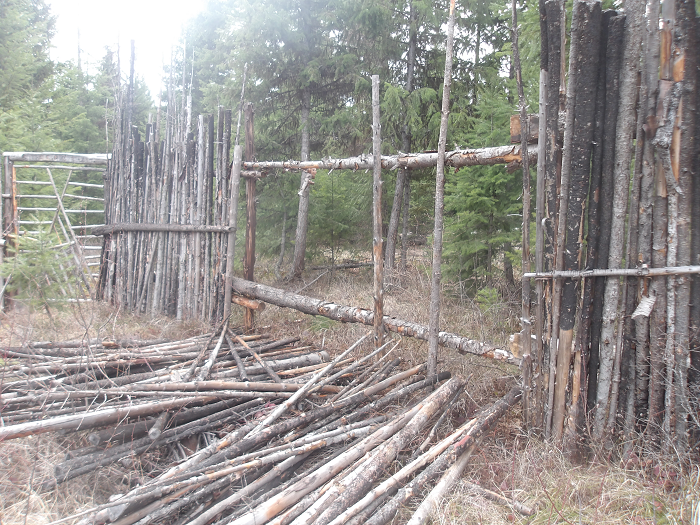
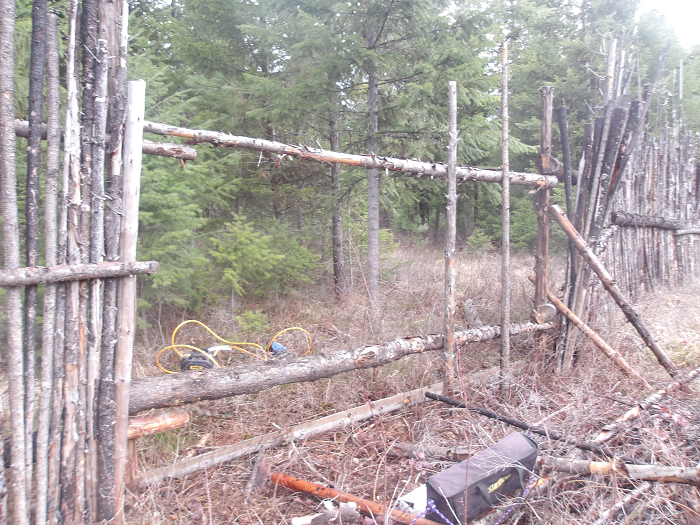
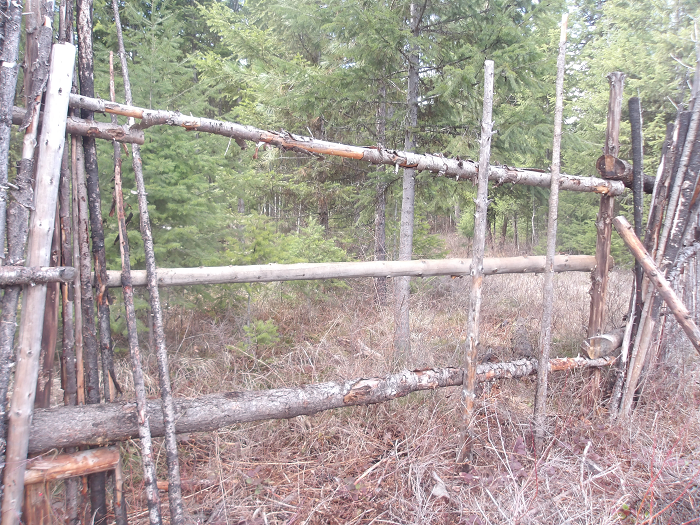
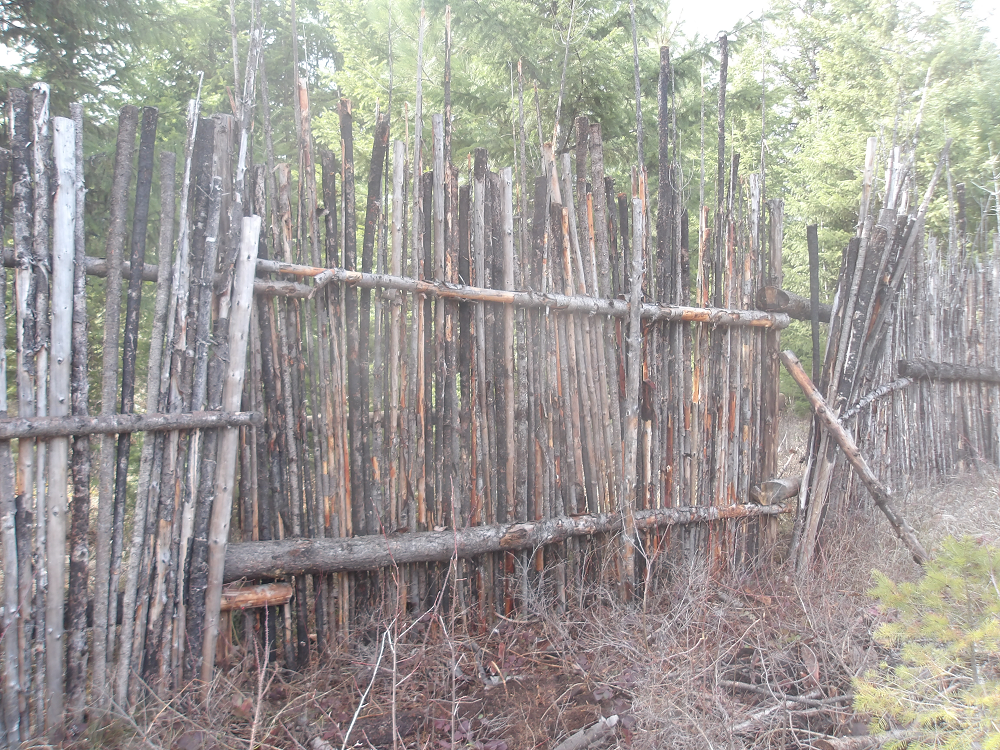
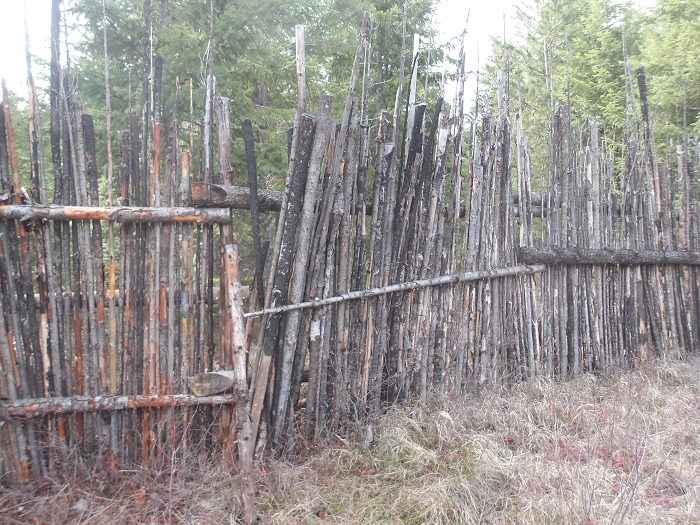

"We carry a new world here, in our hearts..." --Buenaventura Durruti
"Don't wish it were easier. Instead, wish you were better." --Jim Rohn
 8
8





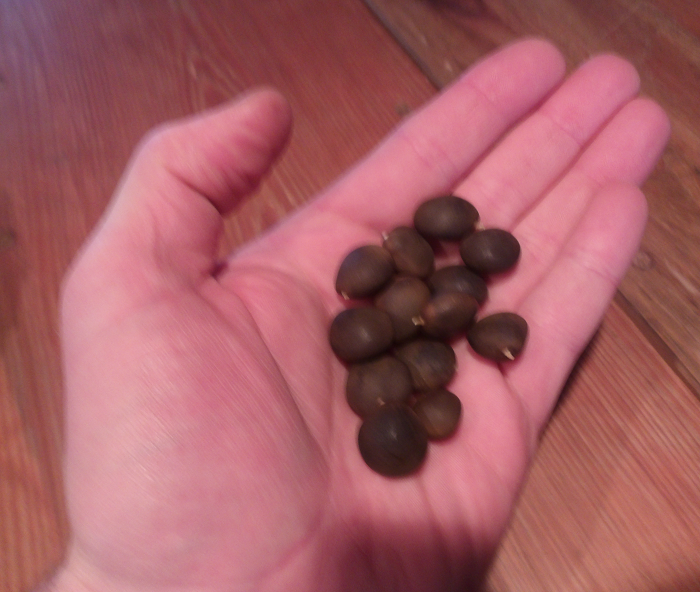
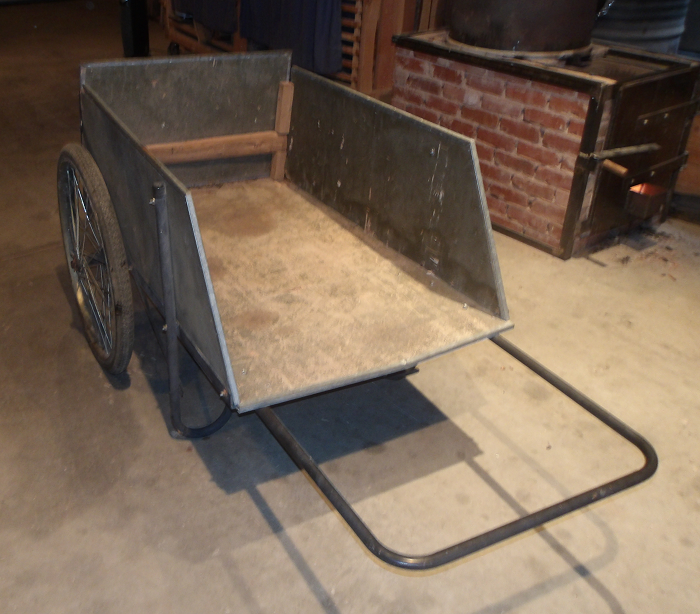
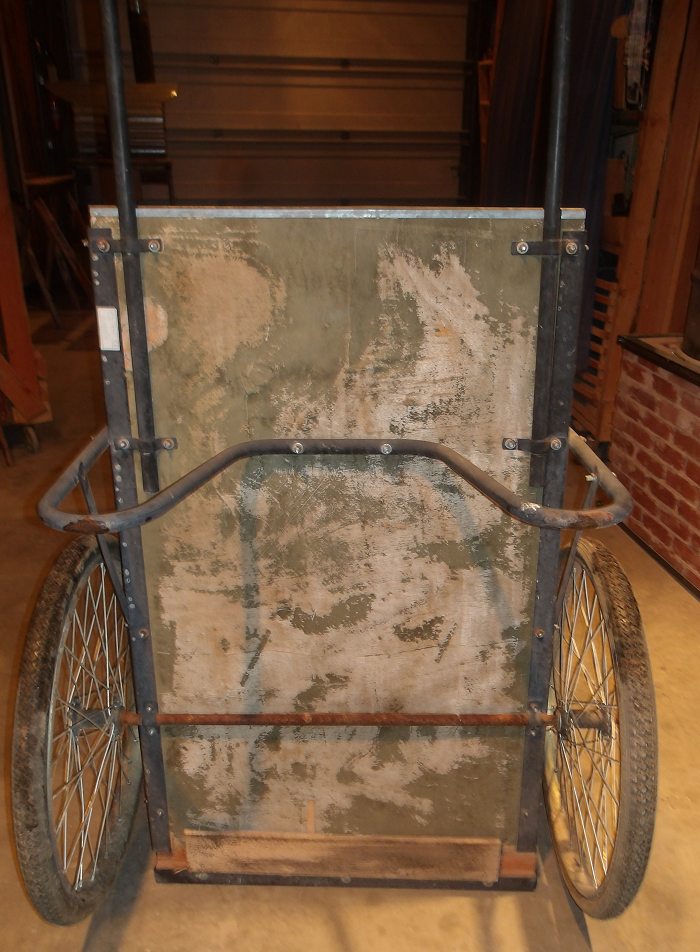
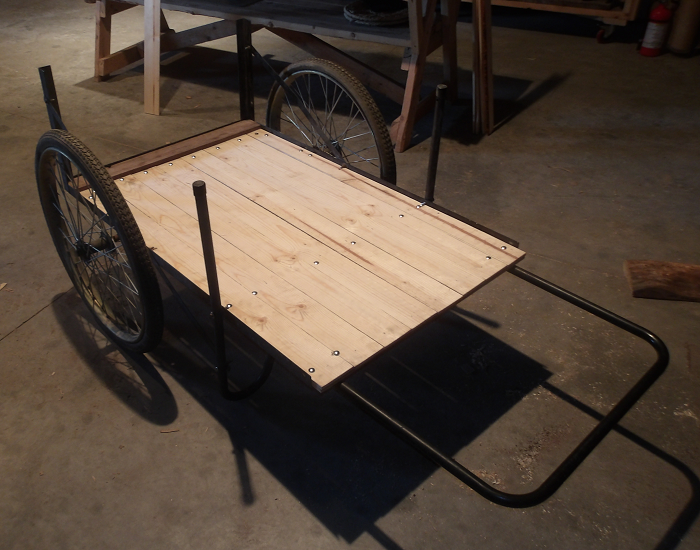
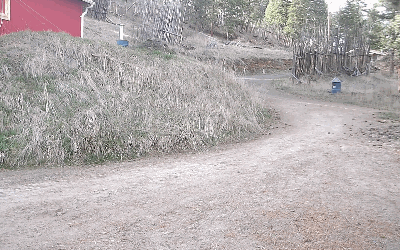

"We carry a new world here, in our hearts..." --Buenaventura Durruti
"Don't wish it were easier. Instead, wish you were better." --Jim Rohn
 5
5




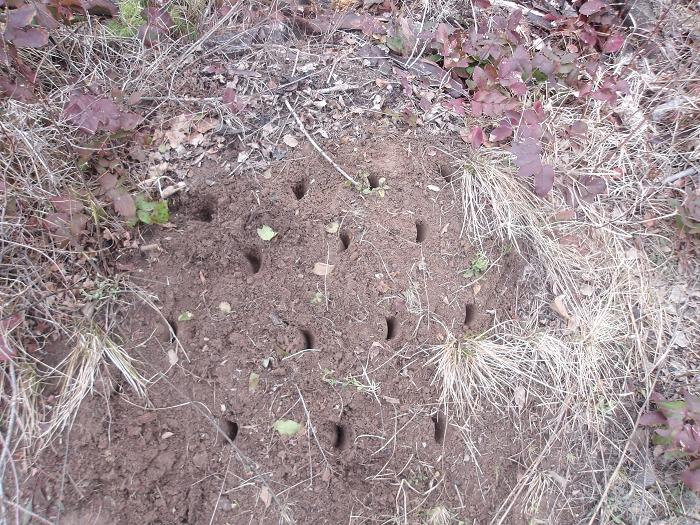
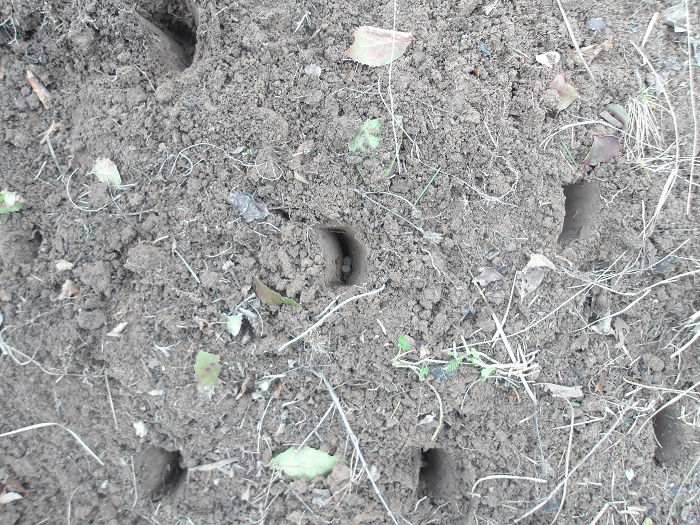
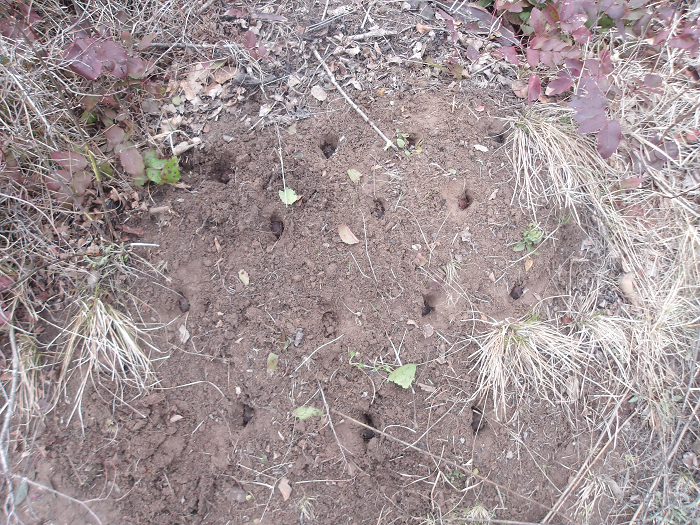
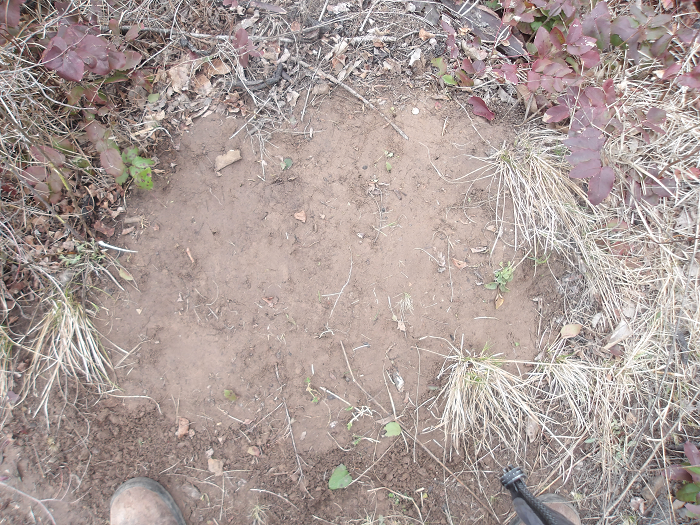
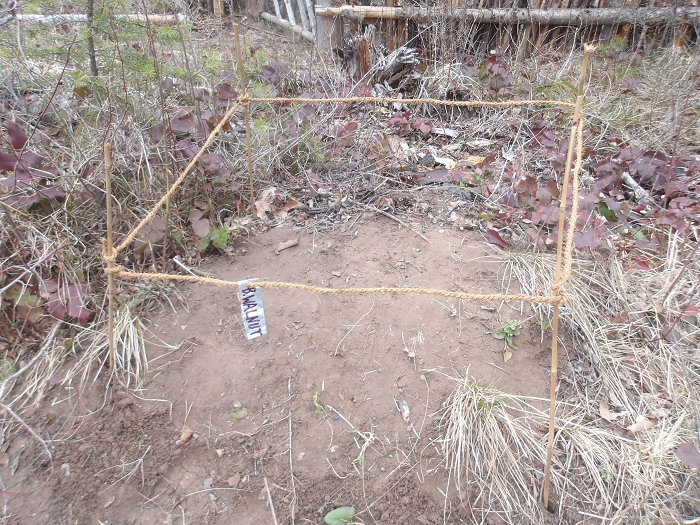

"We carry a new world here, in our hearts..." --Buenaventura Durruti
"Don't wish it were easier. Instead, wish you were better." --Jim Rohn

|
Impossible is for the unwilling --John Keats ... see, this tiny ad now exists:
Learn Permaculture through a little hard work
https://wheaton-labs.com/bootcamp
|








